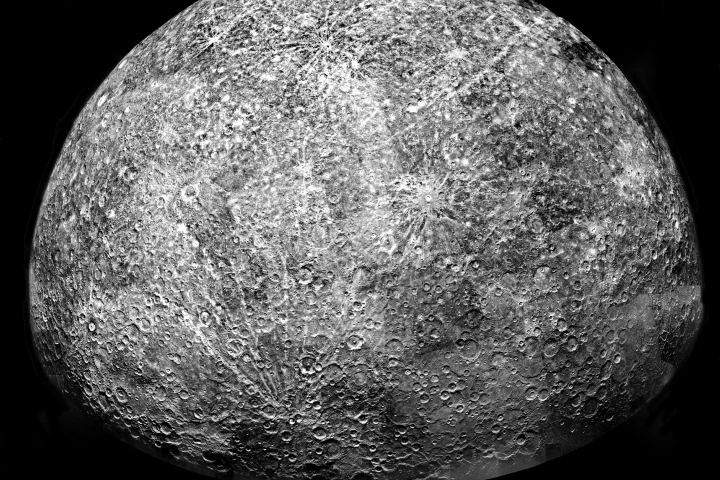Messenger
-
Researchers have designed a new nanoparticle that was shown to more effectively deliver a cancer-fighting mRNA vaccine to mice. The study’s results may lead to the development of better vaccines to treat cancer and infectious diseases like COVID-19.
-
Mercury’s disproportionately massive core may be the result of the Sun’s powerful magnetic influence rather than the consequence of a cataclysmic collision with another body in the ancient past, according to the results of a new study.
-
Earth’s poles are famously icy places, but they’re far from alone in that regard. The poles of other planets and moons are often the best places to look for ice, and now a new analysis of NASA data has found evidence of much more water ice on the Moon and Mercury than previously thought.
-
Facebook Messenger's instant messaging, group chat, video call and SMS support features have helped make it one of the most popular messaging apps. Now, there's yet another reason to use it, with Group Video Chat in Messenger making it possible talk face-to-face with multiple people at once.
-
Picture a plum. When it is ripe, the surface is smooth, but when it starts to age and shrink, wrinkles can appear along the surface. Researchers now believe that Mercury's newly discovered Great Valley was formed in much the same way.
-
Images from the unmanned MESSENGER spacecraft show that Mercury has small, cliff-like formations that suggest that the planet is contracting, which means that it has a hot, cooling interior and is the only planet in the Solar System besides Earth that's tectonically active.
-
Researchers have estimated that around 3.5 billion years ago, Mercury underwent its final major burst of volcanic activity. The results of the study will help scientists understand how Mercury evolved into the scorched planet we know today.
-
A new study led by researchers from MIT may have identified the starting material from which the planet Mercury was created.
-
Using data captured by NASA's MErcury Surface, Space ENvironment, GEochemistry, and Ranging (MESSENGER) spacecraft, a team of scientists has constructed the first complete digital elevation model (DEM) of the planet Mercury.
-
Scientists have used data gathered by NASA's MESSENGER probe to reveal the secret behind the dark appearance of Mercury's surface, with the results partially contradicting a recently proposed theory on the matter.
-
According to a new study, the Planet Mercury experiences regular meteor showers at roughly the same time each year, as it moves through a trail of dust thrown off by the ancient comet Encke.
-
Around one week after it smashed spectacularly into Mercury, NASA's MESSENGER probe has posthumously turned up valuable observations revealing some of the planet's long-held secrets.
Load More











